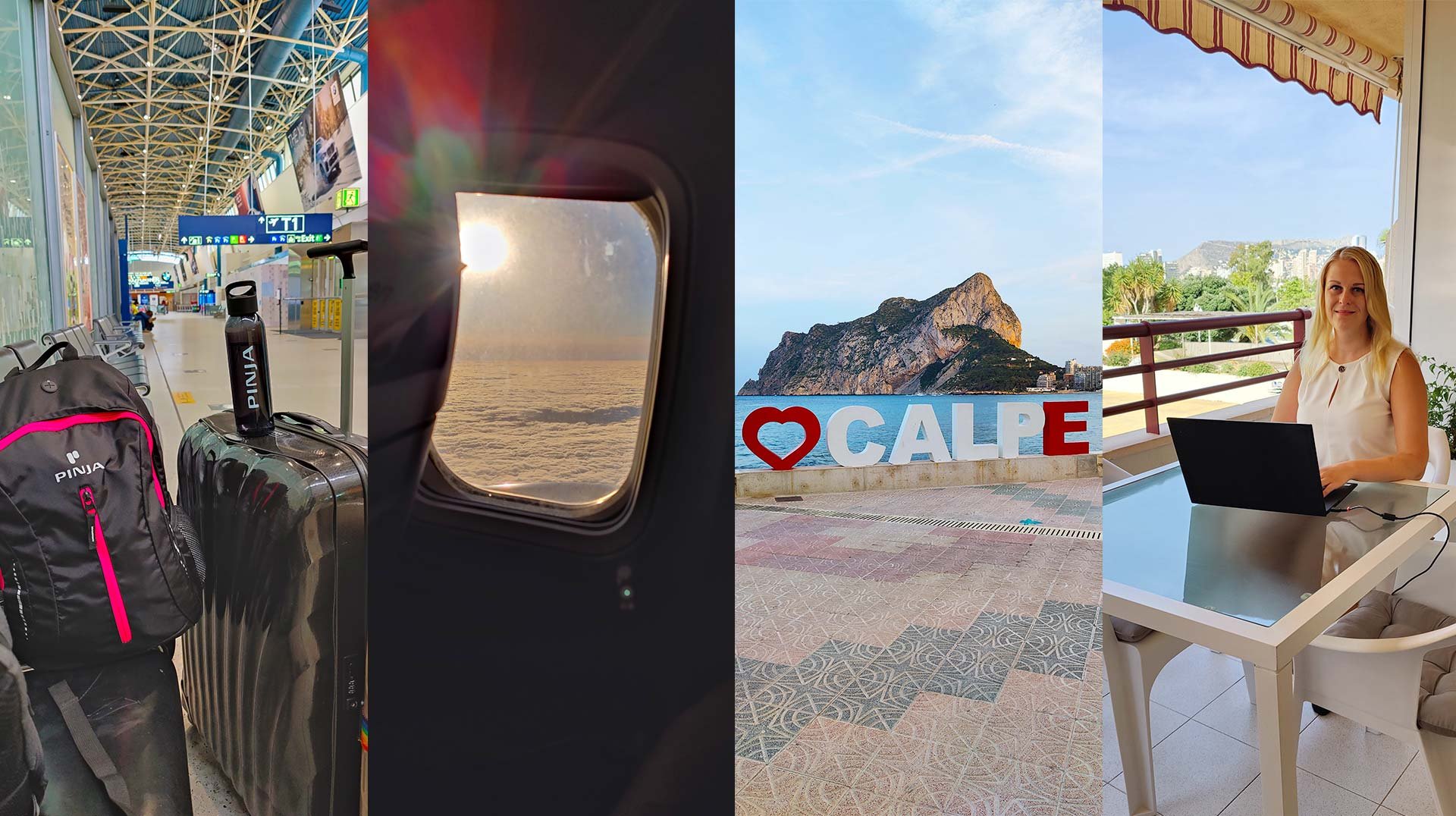
Working remotely in the Spanish sun at the darkest time of the year has been on my mind for a long time. So when the opportunity arose to go to Spain for a month with my friend, my response was “When do we go?”
As a company specializing in software, knowledge management, and artificial intelligence, Pinja has flexible working hours and well-established remote work practices. Employees can choose how much of their work is done remotely and how much in the office. Employees are also offered the opportunity to request authorization to work remotely outside of their home country.
After discussing my remote work plans with my manager, I got confirmation that I could do my job as a Marketing Manager in Spain in the usual way – as long as I had my laptop and a fast enough internet connection. Pinja’s HR has experience in what to consider when going abroad to work remotely, so I also got support from them on many practical issues.
Remote work in Spain – tips on combining work and holiday:
- Agree with your manager the most convenient time and duration for the remote working period.
- The best way to combine work and leisure is to choose a country with the smallest possible time difference with your home country. You’ll be able to attend meetings and be available at the same time as your colleagues.
- It is also worth remembering that when an employee works remotely abroad, often, there are obligations for the employee as well.
The search for a sunny EU country
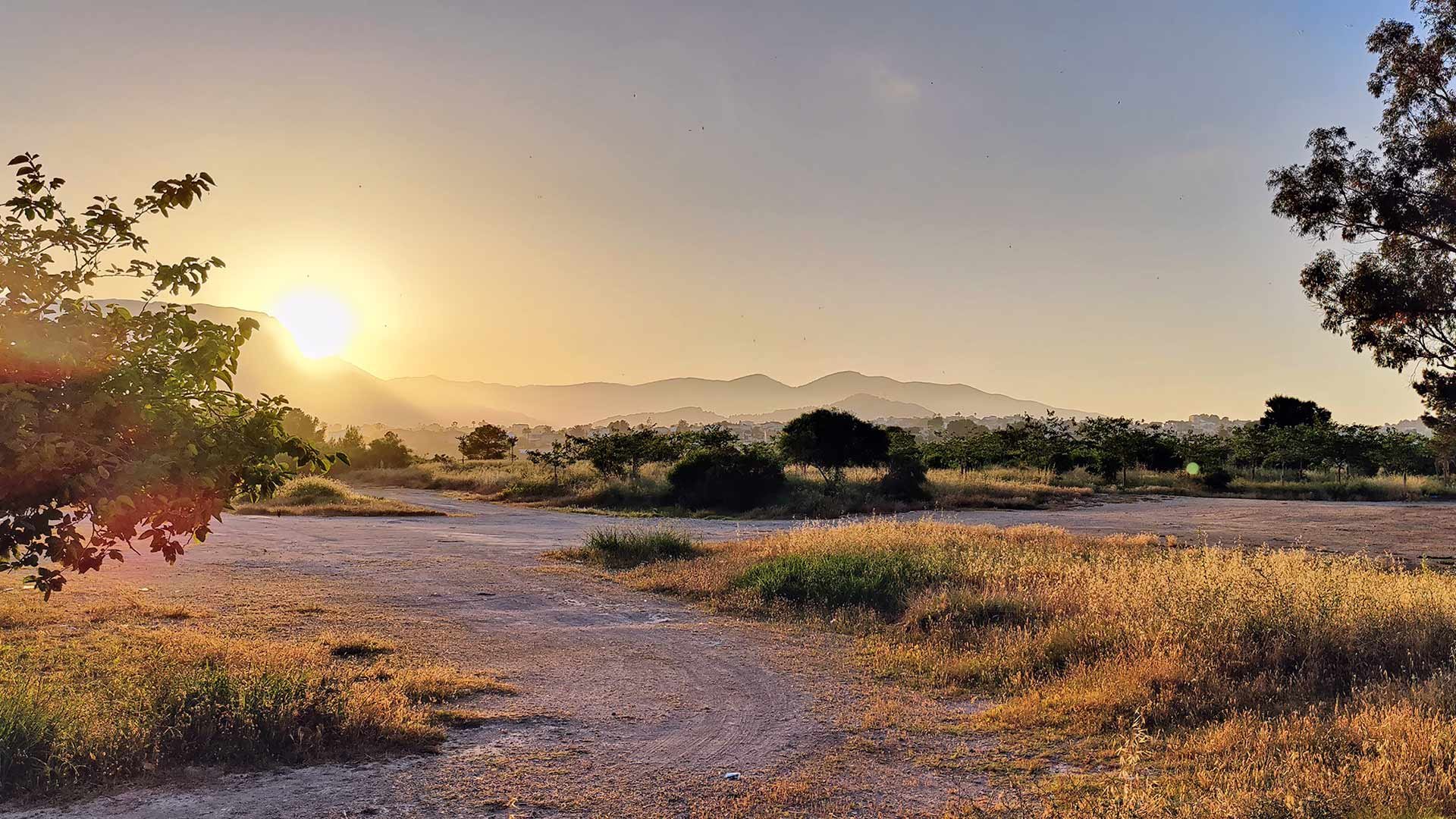
You can enjoy the sun in Spain - there was only one cloudy day in a month.
We chose Spain because we like its culture, food, and scenery, and we both had previous experience of the country. We were also looking for sunshine and warmth: we wanted a country where it would be warm already in May.
We chose the small and peaceful town of Calpe in the province of Alicante, on the shores of the Mediterranean. Calpe is a holiday town popular with locals, with a beach with clean water, good restaurants, and plenty to see and do. In the area around Calpe you will find, among other things, the Aqualandia water park (with Europe’s largest Verti-Go water slide), the spectacular Cueva Del Canelobre stalactite caves in Busot, the Fonts de l’Algar pools in Callosa d’en Sarrià and the historic El Castell de Guadalest castle.
As Spain is an EU country, the move to remote work for a month was easy for both the employee and the employer. In EU countries, there are no special arrangements, such as applying for visas, and there is a sense of security in knowing that if you become sick, you can use your EU health card to access treatment equivalent to that in your home country.
Remote work in Spain – tips for choosing the destination:
- Find out how the destination country’s legislation affects insurance and taxation. For example, a stay outside the EU often requires visas. For stays longer than three months, it is often necessary to take out additional travel insurance. In addition, there may be social security obligations and other fees.
- If you don’t speak the language of the country, learn a few phrases and common words beforehand to make it easier to be in the country. In Spain, for example, English language skills are not useful in smaller places, and not necessarily spoken in all tourist destinations.
- Use Google Translate or similar translation software to communicate.
- Check the weather in the area, and be prepared with the appropriate clothing.
- When choosing your location, consider how close you want to live to services, and whether you plan to rent a car or use public transport.
- Think about what you want in terms of equipment (fridge, stove, microwave, kitchen utensils, etc.).
Energy from the sun for the working day
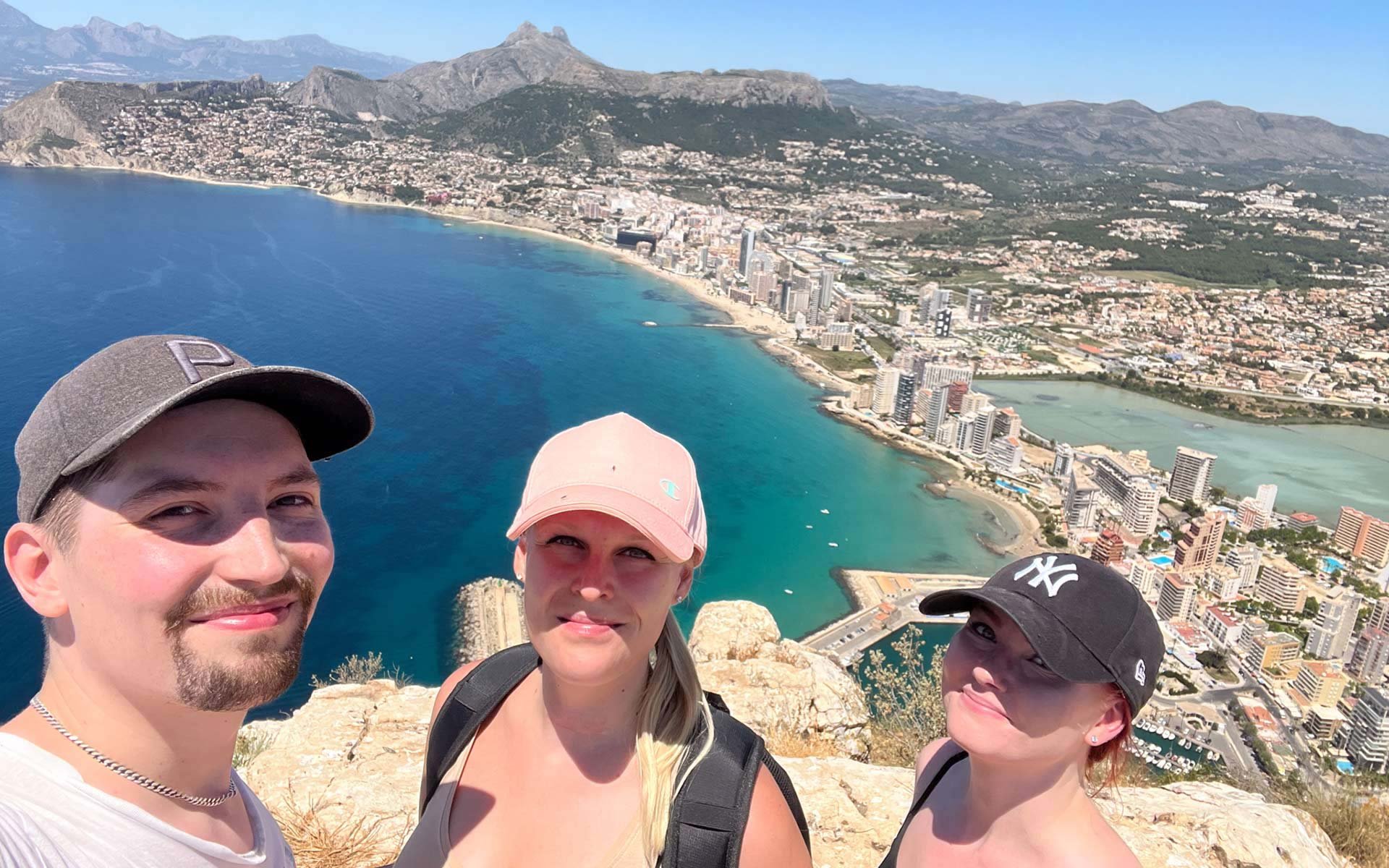
At the end of the working day, we rushed to the top of Peñon de Ifach mountain in Calpe, which took about 2 hours to climb.
I mainly used to work in the office before the Coronavirus, but the pandemic made me familiar with teleworking practices. Working remotely from Spain was not much different from working remotely at home: I was in touch with team members remotely on a weekly basis, and met colleagues on Google Meet. Although being on the other side of Europe did not affect my work performance, I missed meeting colleagues face to face; lunch and coffee breaks often involve discussions on topics that may not necessarily come up in remote meetings.
I was able to do my practical work as well as I did it at home, with a high-speed 100 Mbps connection. Communication was also facilitated by the fact that the time difference between Finland and Spain is only an hour. I added absence reservations to my work calendar between 8 and 9am Finnish time, so the earliest meetings started at 8am Spanish time. This allowed me to avoid meetings too early in the morning, and to be in almost the same work rhythm from the point of view of my colleagues working in Finland.
My work routine in Spain was a little different than in Finland. During the winter in Finland, I tend to start work only when there’s daylight, but in Spain, as there was plenty of light from early in the morning, it gave me the energy to start working earlier. The change of scenery also brought new content to the work. In Spain, I took over Pinja’s Instagram account for a week, so I learned how to use the stories and different elements of Instagram in a more versatile way.
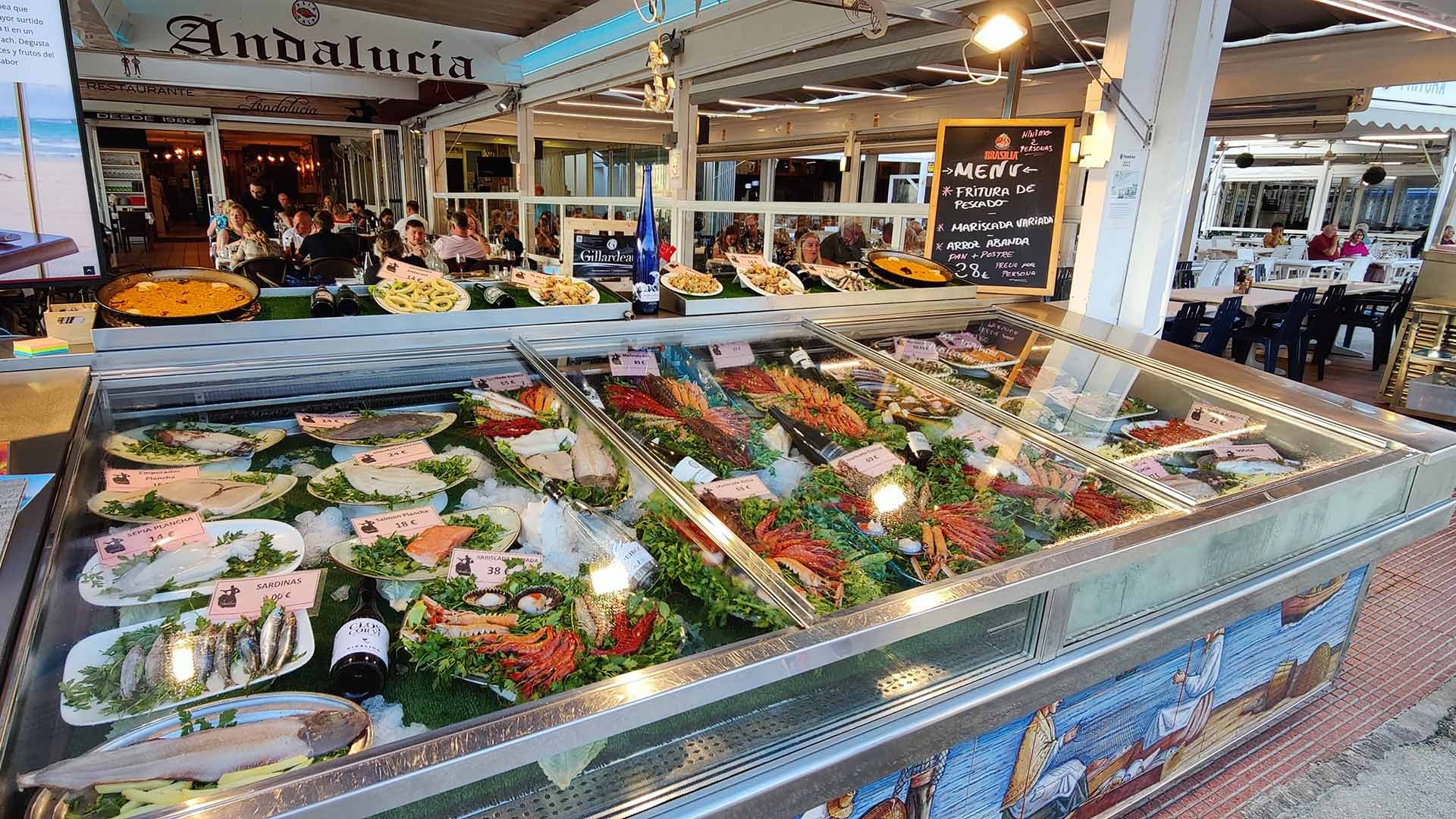
The seaside town Calpe offers many tasty seafood dishes, such as various paellas.
Although the work content was not significantly different from the usual, the sun gave me more energy to work – meetings were lovely on the bright balcony, with palm trees swaying nearby. The biggest difference was that right after a day’s work, you only had to take a few steps to the beach to sunbathe and enjoy a black paella in the restaurant next door. At the end of the working day, it was relaxing to float in the sea and listen to the waves. Overall, working remotely for a month in Spain was a great experience.
Remote work in Spain – tips for smooth workdays:
- Ensure that the apartment has affordable, high-speed internet access, with adequate desks and chairs and separate work areas for peace and quiet.
- Take advantage of the electronic calendar to tackle the time difference. For example, Google Calendar can be switched to local time, so it automatically moves meetings to your local time.
- Make entries in the electronic calendars for your colleagues to see when you are unavailable due to the time difference.
Who is suitable for remote work abroad?
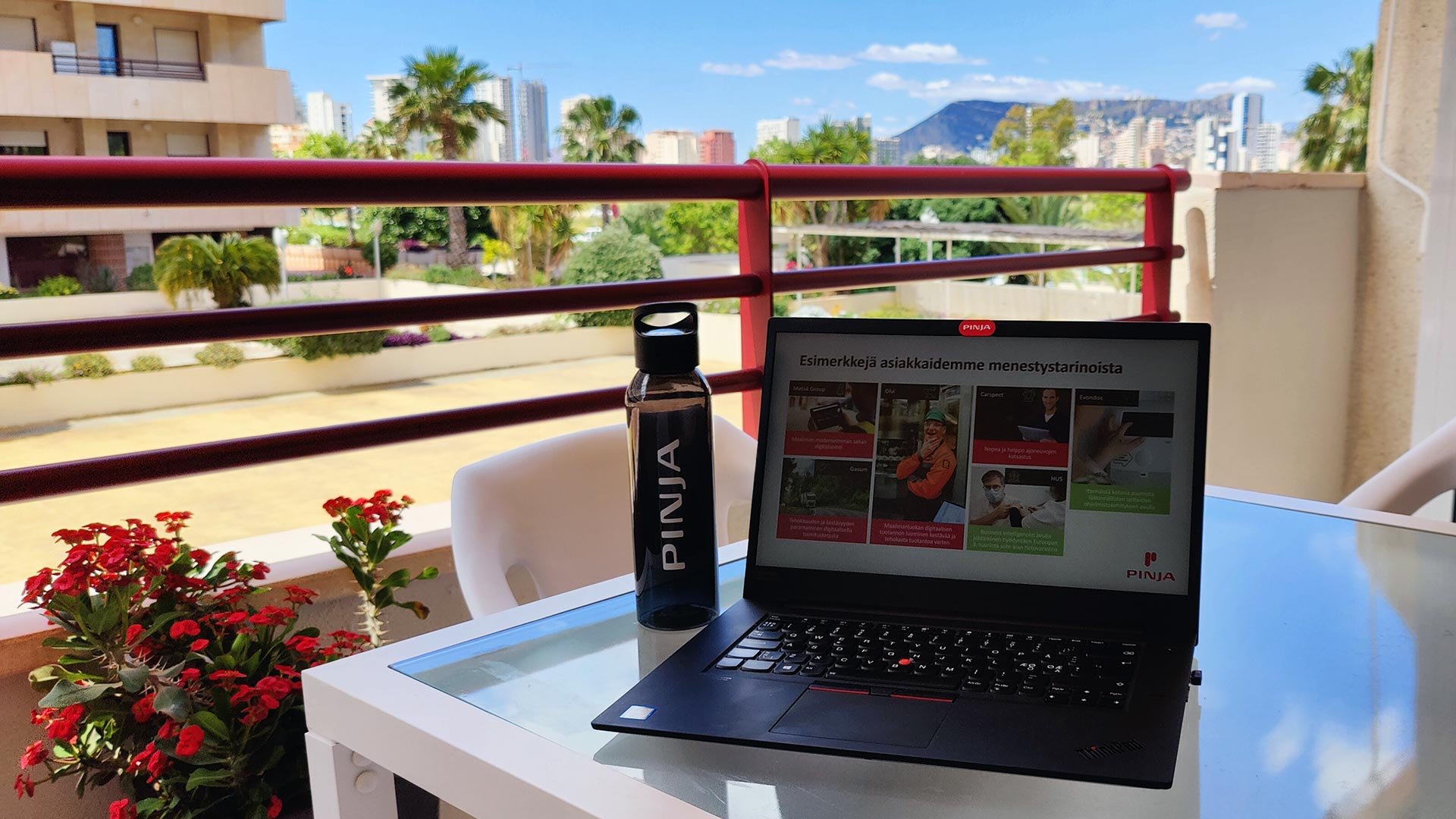
The balcony of the apartment rented through Airbnb had a great view of the mountains and the sea.
I can recommend remote work abroad to anyone whose job does not involve face-to-face meetings with clients and who can do their work on a laptop. It’s easy for adults to work remotely, but with children you need to remember to organize things like childcare and education. When it comes to pets, it’s worth considering how long you plan to work abroad remotely, whether it makes more sense to arrange care for them or take them with you.
For us, working remotely abroad gave us a good break from our normal routine, and the constant sunshine recharged our batteries. Staying longer than a normal beach vacation in the destination country helped us get to know the local culture better. A month-long remote working break is long enough to get away from it all, and on the other hand, when you return home you can appreciate the things you take for granted and face-to-face encounters with your colleagues. Coming home to rye bread, sauna and cottage life was as wonderful as going on the trip.
Let’s see if there’s another opportunity in the future to go remote working to Italy, for example. 🙂
Remote work in Spain – tips for those planning a trip:
- Remember to take out passenger and luggage insurance.
- Airlines constantly change the dimensions and weights of hand luggage, so you should be careful with the ticket type if you want a laptop in your hand luggage.
- Be prepared that the heating and air conditioning in the apartment is not what you are used to.
- Book accommodation well in advance, for example 6 months before on Airbnb or a similar site – finding affordable accommodation for longer periods can be challenging.
- Renting a car is the best way to get to know the local area.
- Pack good shoes for walking on uneven terrain.
- Remember to rest – if possible, combine your remote work trip with a few days of vacation to make sure that you have time for leisure.
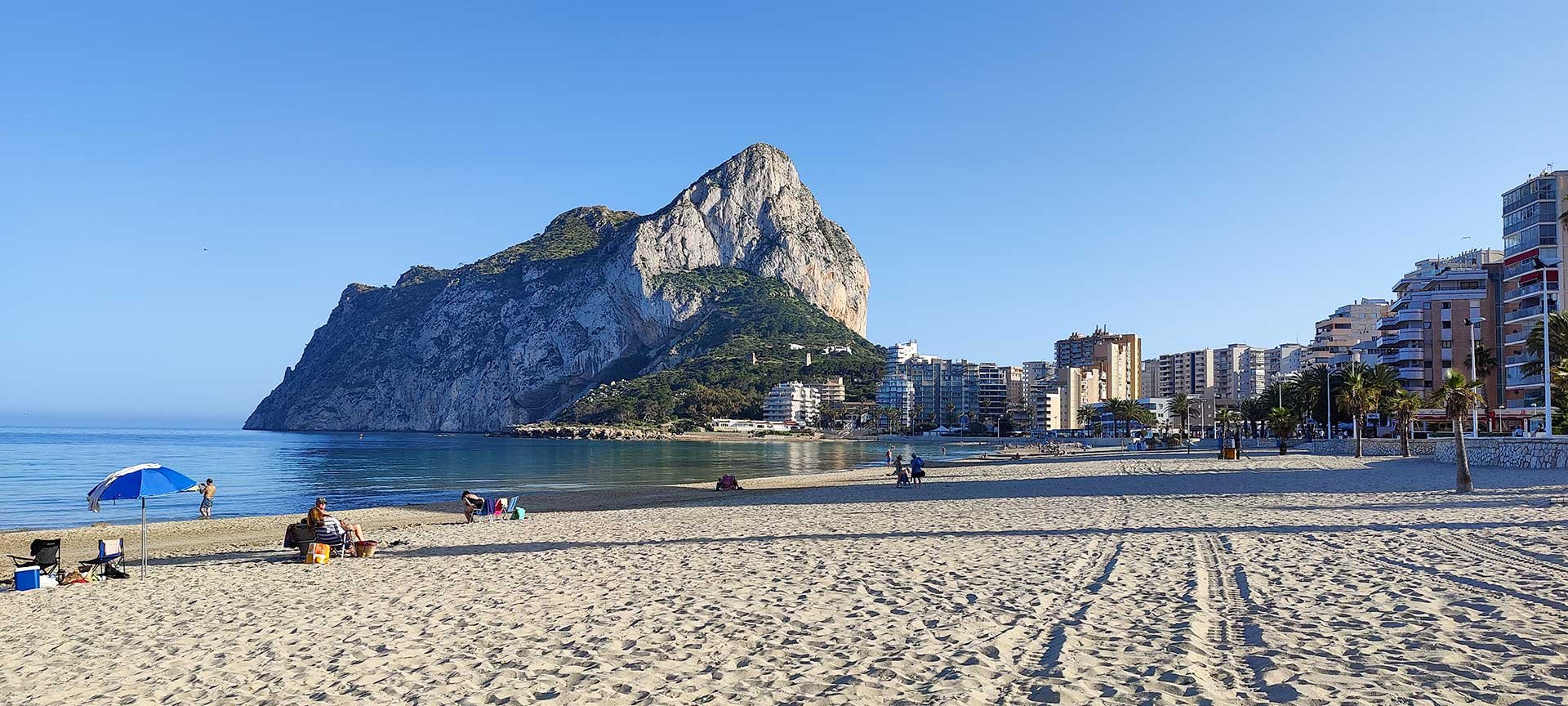
Read more
Remote work increases the number of hours in a dayRemote working has created a solid foundation for effective distance learning
Job vacancies at Pinja

Pirita Arkkola
I work at Pinja as a front person in the marketing team, and am responsible for digital marketing, with its technical nuances. My main role, in addition to keeping our team upbeat, is to ensure that we support the sales of our business areas through marketing – how we reach and win ideal clients. In my spare time, I jog with our sheltie, play padel and also floorball.
Back to the Pinja Blog
Categories
- Pinja Career (70)
- Business Intelligence (43)
- Production development (43)
- Software development (42)
- Sustainability (34)
- Digital business (30)
- Circular economy and natural resources (27)
- Supply chain management (24)
- Ecommerce (23)
- ICT services (22)
- Maintenance development (22)
- Digital society (19)
- Industrial digitalization (19)
- ERP (18)
- Forest industry ERP (16)
- Artificial intelligence and machine learning (10)
- Industrial innovation (10)
- Health and welfare technology (9)
- Lean (4)
- eudr (1)